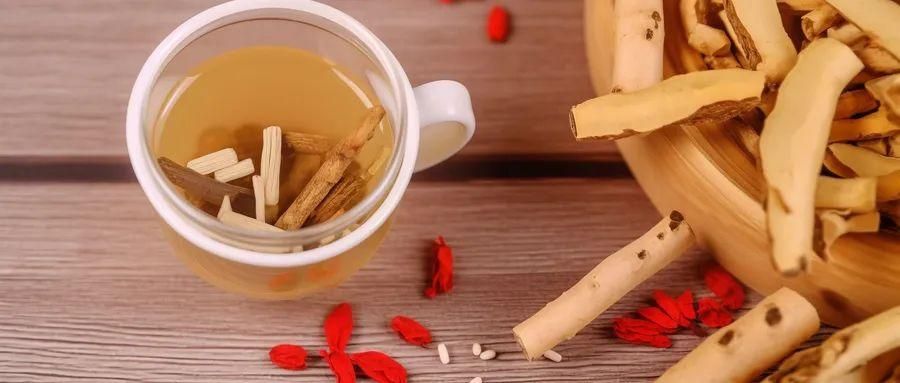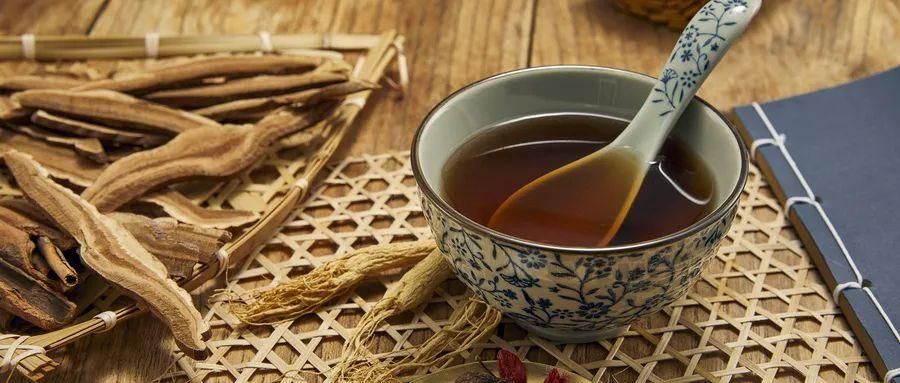겨울을 얼마나 잘 보내느냐에 따라 가을의 후반부를 어떻게 보내느냐에 따라 달라진다.
한의학에 따르면, 폐는 가을 기후와 관련이 있다. 가을의 상쾌하고 촉촉한 공기는 상쾌하고 촉촉한 환경을 선호하는 폐의 선호와 일치합니다.. 결과적으로, 폐에너지는 가을에 가장 강하다. 하지만, 가을은 특정 질병이 발생하는 계절이기도 합니다., 건조한 피부와 같은, 기침, 목이 마르다, 그리고 가려움증, 더 일반적이다. 환절기에는 폐관리가 중요합니다.
추석부터 백이슬 절기 사이, 환경에 수분이 풍부하다. 추위와 습기에 노출되면 비장이 약해질 수 있습니다.. 비장이 약해졌을 때, 가래와 습함을 일으킬 수 있다, 겨울에 기침을 일으키는 원인. 그러므로, 가을 건강 보전 중, 폐에 영양을 공급할 뿐만 아니라 비장을 보호하고 습기를 없애는 것이 중요합니다..
박사. 투 시이, 복건중의과대학 부설 제2인민병원 호흡기 및 중환자 전문의, '나눔의사' 프로그램에 게스트로 출연했습니다., “가을에는 폐에 영양을 공급하라”라는 주제로 건강교육을 실시하고 있습니다., 겨울엔 덜 아프다”.

폐에 직접 영양을 공급하는 것은 어려울 수 있습니다.. 하지만, 비장에 영양을 공급하고 습기를 제거함으로써 간접적으로 이를 달성할 수 있습니다.. 한의학에 따르면, 비장은 따뜻한 것을 좋아하고 찬 것을 싫어한다.. 그러므로, 따뜻한 음식을 섭취하고, 생음식과 차가운 음식을 과식하지 않는 것이 좋습니다., 특히 차가운 음료와 멜론, 비장양에 해를 끼칠 수 있는 것. 또한, 덜 기름지고 지방이 많은 음식을 포함한 가벼운 식단, 호화로운 식사를 덜 소비합니다., 운반 및 변형 과정에서 비장의 정상적인 생리적 기능을 유지하는 데 도움이 될 수 있습니다..
가을에 폐에 영양을 공급하는 방법?
일상생활에서, 폐 영양은 음식 등 다양한 측면에서도 접근할 수 있습니다., 의류, 주택, and transportation.
주택– 공기로 폐에 영양 공급.
맑고 탁한 공기가 폐에서 교환됩니다., 따라서 폐로 흡입되는 공기의 질은 폐 기능에 큰 영향을 미칩니다.. 건강한 폐를 유지하려면, 담배를 끊는 것이 중요하다, 간접흡연을 피하세요, 공기 질이 좋지 않은 곳에 장시간 머물지 마십시오., 그리고 신선한 공기를 마시세요.
운송– 운동을 통해 폐에 영양을 공급.
가을은 야외운동하기 좋은 계절. 호흡 운동은 폐 기능을 강화할 수 있습니다, 질병에 대한 저항력 증가, 기질을 기르고 기분을 좋게 한다.
유산소 운동을 하는 것이 좋습니다, 심폐 기능 개선을 위해 선호되는 선택입니다.. 빠르게 걷기 등의 활동, 조깅, 그리고 태극권을 권합니다. 최소한 운동을 하는 것이 좋습니다 3 일주일에 몇 번, 각 세션이 지속되면서 15-20 분.
음주– 물로 폐에 영양 공급.
가을의 건조한 날씨에, 폐는 수분 손실에 더 취약합니다.. 그러므로, 이 계절에는 폐와 호흡기의 윤활을 보장하기 위해 더 많은 물을 마셔야 합니다., 폐가 가을을 무사히 통과할 수 있도록.
이 '물'은 그냥 끓인 물이 아닙니다., 배물, 흰 곰팡이 수프 등 폐에 영양을 공급하는 수프도 포함되어 있습니다..
식사– 음식으로 폐에 영양을 공급.
한의학에 따르면, 건조함은 양악이다, 쉽게 폐를 손상시키고 폐음을 소모할 수 있습니다.. 합리적인 식단은 폐에 영양을 공급할 수 있습니다. 그러므로, 맵고 자극적인 음식은 폐에 해를 끼칠 수 있으므로 섭취를 줄여야 합니다.. 대신에, 음에 영양을 공급하고 폐를 촉촉하게 하는 음식을 더 많이 섭취하세요, 흰 곰팡이 같은, 가을 배, 백합, 여우 견과류, 그리고 여보, 특히 배와 같은 흰색 음식, 포리아 코코스, 그리고 흰 곰팡이. 식사codonopsis 그리고복사 뼈 비장과 위에 영양을 공급하면 폐에 영양을 공급하는 목표도 달성할 수 있습니다..
Codonopsis 그리고오피오포곤 국
재료: 10g의Codonopsis, 10g 허니 프라이드복사 뼈, 10g의오피오포곤, 그리고 10g오미자.
적합: 두근거림이 있는 사람, 호흡 곤란, 땀을 흘리는, 입이 마르다, 그리고 잠이 부족하다. 이 수프는 기(氣)를 기르는 효과가 있습니다., 영양 음, 유체 생산 촉진.

영지마 폐에 영양을 공급하고 5대 장기의 기(氣)를 보충한다.
“Materia Medica 개요서”에 따르면”, 영지마 오경에 들어간다 (신장 자오선, 간 경락, 심장 자오선, 비장 경락, 및 폐 경락) , 몸 전체의 5개 내장의 기(氣)를 보충할 수 있습니다..

『영지』라는 책에서: 미스터리에서 과학으로”, 저자 Lin Zhibin은 다음을 소개했습니다. 영지마 폐에 영양을 주는 수프 (20g의 영지마, 4g의 소포라 플라베센스, 그리고 감초 3g) 경증 천식 환자 치료를 위해. 결과적으로, 치료 후 환자의 주요 증상이 크게 완화되었습니다..
영지마 면역조절 효과가 있다, 천식 동안 T 세포 하위 그룹의 비율 불균형을 개선할 수 있습니다., 그리고 알레르기 매개물질의 방출을 억제합니다.. 소포라 플라베센스 항염증 및 항알레르기 효과가 있으며 천식 환자의 기도과민성을 감소시킬 수 있습니다.. 감초는 기침을 완화시켜준다, 가래를 쫓아내다, 그리고 항염증 효과도 있어요. 이 세 가지 약을 조합하면 시너지 효과가 나타납니다..
정보는 페이지에서 가져온 것입니다. 44-47 '영지(Lingzhi)'라는 책에서: 미스터리에서 과학으로”.
영지마 폐에 영양을 주는 수프
재료: 20g의영지마, 4g의소포라에프세탁, 그리고 감초 3g.
적합: 경증 천식 환자.




